This year is expected to be a significant one for range-extended products, with several new models emerging as noted in the latest Ministry of Industry and Information Technology directory. In addition to the upcoming models, we can also look at which range-extended vehicles will be available for purchase this year and what technical features they possess. One of the first to debut will be the 'Super Range-Extended' system from ZhiJi, set to be released on August 1. ZhiJi has also announced the impending launch of two new range-extended models: the next-generation ZhiJi LS6 and the flagship six-seater SUV, ZhiJi LS9. The 'Super Range-Extended' system will feature a battery with a capacity of 65.9 kWh, surpassing the 'Snow Owl Intelligent Range' system, making it the largest battery capacity among range-extended systems. It will also be equipped with a 1.5T range extender with a power output of 114 kW. According to ZhiJi, the LS6 will be the first model to feature the 'Super Range-Extended' system, with two battery options of 52.1 kWh and 65.9 kWh, offering pure electric ranges of 290 km and 360 km respectively. The LS9, described as the 'Lujiazui Range Rover,' will also be a competitive model in the large and medium-sized 6/7-seater segment this year, featuring a sodium-lithium hybrid battery from CATL, expected to provide a pure electric range of up to 450 km. The trend of larger batteries in range-extended vehicles is irreversible, with the combination of a large battery and a 1.5T internal combustion engine helping to alleviate range anxiety while maximizing pure electric range. SAIC has even expanded to a 66 kWh battery, larger than many pure electric models, raising questions about cost-effectiveness. We look forward to more technical insights from SAIC on August 1. The Ford Mustang 'Electric Sense' has become an important consideration for consumers, with the electrification of mainstream vehicles now a given, even for rugged off-road models. Despite the varying technological paths in new energy off-road vehicles, the number of registered off-road vehicles is increasing, including iconic models like the Ford Mustang making strides towards electrification. Can you imagine that the range-extended and pure electric versions of the Ford Mustang have already been registered with the Ministry of Industry and Information Technology? Focusing on the range-extended version, it is developed on a new platform and features a 43.7 kWh battery pack, with a CLTC pure electric range of 220 km and a combined range of 1220 km when fully fueled and charged. Unlike the traditional 2.3T EcoBoost engine, the range-extended version will be powered by a 1.5T engine with a maximum net power of 110 kW, and the four-wheel-drive version will feature peak motor powers of 130 kW and 180 kW. The design and dimensions of the range-extended version also show slight changes with an updated energy-efficient style. According to the Ministry of Industry and Information Technology, the Ford Mustang range-extended version is expected to be priced around 350,000 RMB when it launches in Q4 this year, potentially boosting Ford's sales. The 'Zhijing' brand, positioned as Buick's premium new energy sub-brand, will debut its first model, the Zhijing L7, with a range-extended power system aimed at the new energy market. The Zhijing L7 measures 5032mm in length, 1952mm in width, and 1500mm in height, with a wheelbase of 3000mm, categorizing it as a mid-to-large sedan. Despite being a range-extended vehicle, the powertrain is noteworthy, featuring a 252 kW rear permanent magnet synchronous motor and a 1.5T 'China Heart' engine as the range extender, with a maximum power of 115 kW and peak torque of 230 Nm. The L7 is equipped with a 40.2 kWh lithium iron phosphate battery, providing a CLTC pure electric range of 210 km and a combined range exceeding 1000 km. Notably, the Zhijing L7 will debut the Qualcomm SA8775P chip for smart features and the Momenta R6 model for L2++ full-scene assisted driving capabilities, including urban NOA and automatic parking. The market currently has few mid-to-large range-extended sedans; its direct competitors may include the Xiangjie S9 and the Xingjiyuan ES. Buick, as an established joint venture brand, may offer the Zhijing L7 certain qualities lacking in new entrants, but its competitiveness in smart technology will be assessed upon the product's launch. Scheduled for an August release, the L7 aims to capture a share of the 300,000 RMB luxury range-extended sedan market. The Shangjie H5, as the final member of the Hongmeng Five realms, is garnering significant attention. With dimensions of 4780/1910/1657 mm and a wheelbase of 2840 mm, its design resembles the Wenjie M5 but with more streamlined lines. The H5's range-extended version features a 1.5T range extender with a peak power of 72 kW and a motor with a peak power of 150 kW, coupled with a 32.6 kWh battery providing a WLTC pure electric range of 181 km and a total range of 1300 km. The H5 will also feature Huawei's ADS 4 driving system, with higher trims including 192-line LiDAR and 4D millimeter-wave radar supporting full-scene assisted driving functions. The entry-level model may use a vision-dominant ADS SE configuration, retaining basic NOA and LCC features. According to official statements, the Shangjie H5 aims to disrupt the mainstream SUV market, with a potential starting price below 200,000 RMB, making it attractive for consumers alongside competitors like the XPeng G7, Tesla Model Y, and Xiaomi YU7. XPeng is also set to introduce its range-extended models this year, with the G01, a mid-large SUV, and the range-extended version of the X9 expected to launch first. Although the XPeng range-extended models have yet to debut, they previously teased their range-extending technology called the 'XPeng Kunpeng Super Electric System.' This technology will also feature large battery solutions, with expected pure electric ranges of 430 km and total ranges of 1400 km. The first model to adopt this system will be the G01, developed from the XPeng G9, offering a six-seat version set to enter mass production in September, launching in Q4. Besides the G01, the range-extended version of the G6 has been spotted at gas stations, suggesting its arrival is imminent. In conclusion, the current market offers a wide variety of range-extended hybrid vehicles, appealing to consumers due to the option of large batteries paired with internal combustion engines, addressing range anxiety. The array of available models is vast, including mid-sized and large SUVs, range-extended off-road vehicles, and sedans. Given the current trends, consumers and manufacturers alike find range-extended hybrids more attractive than plug-in hybrids. The future holds even more range-extended hybrid vehicles in the pipeline, and we will continue to monitor developments. We welcome discussions in the comments about which of these new models you are most interested in.
This Year Will See a Surge of Range-Extended Vehicles
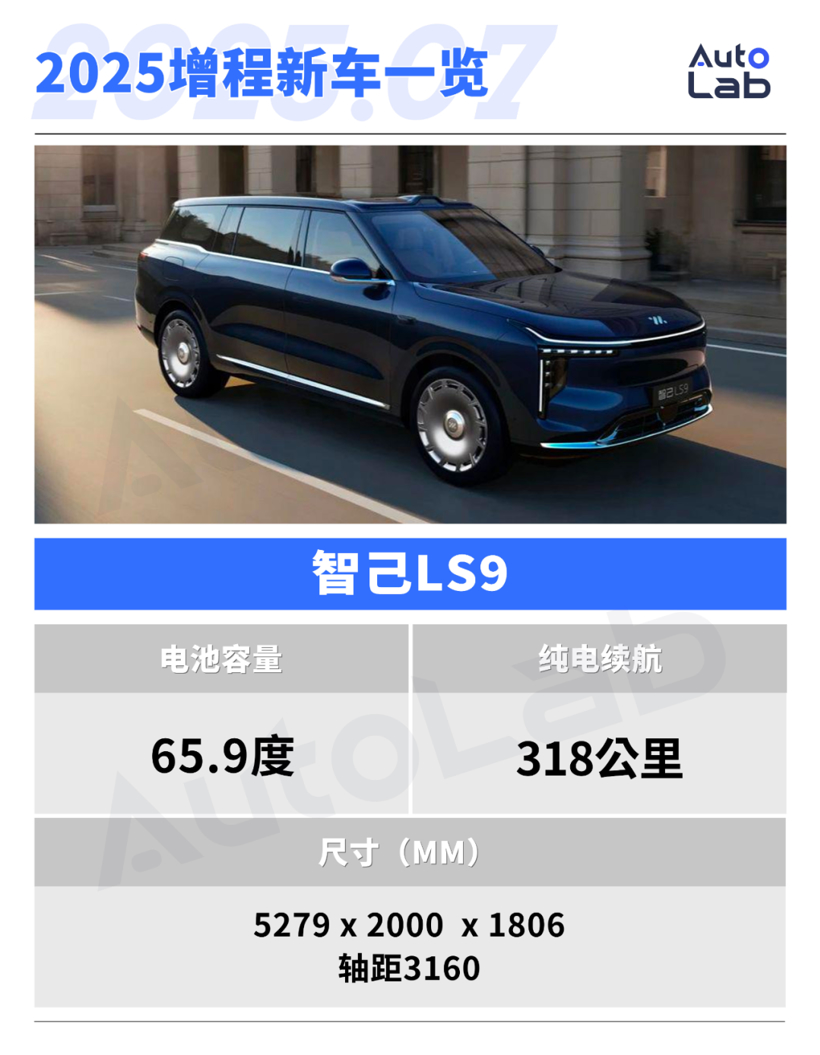
Images
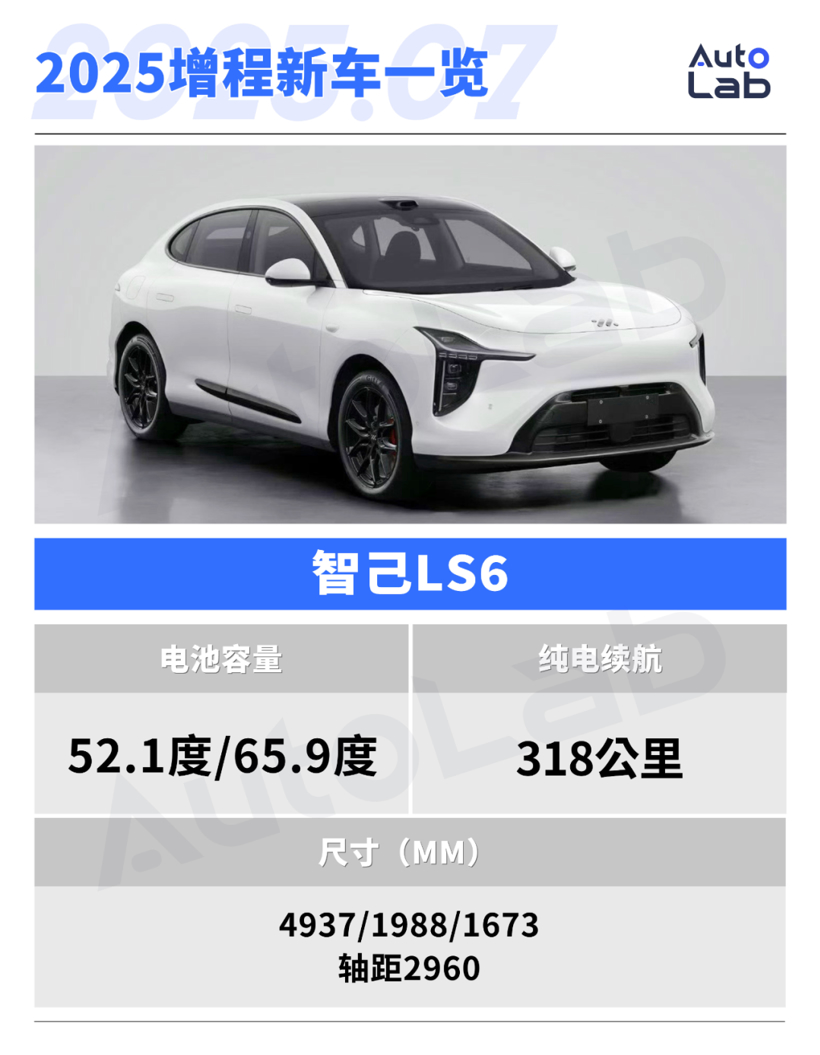
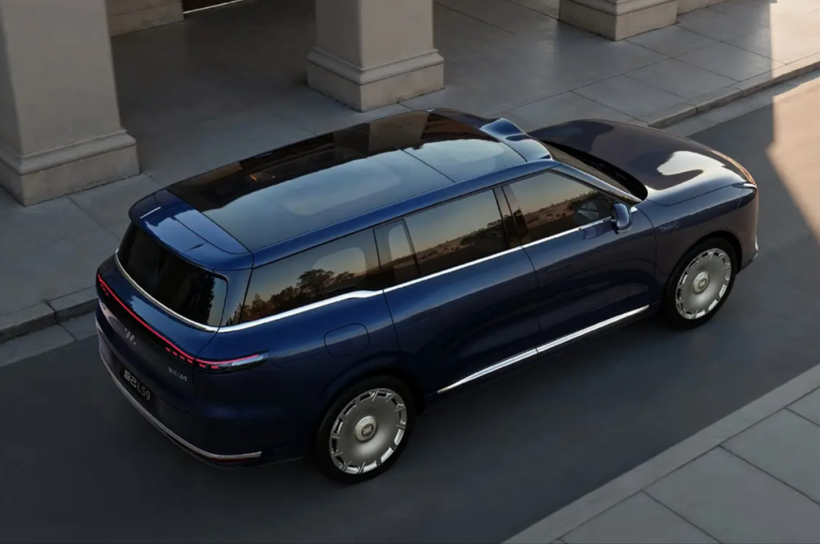
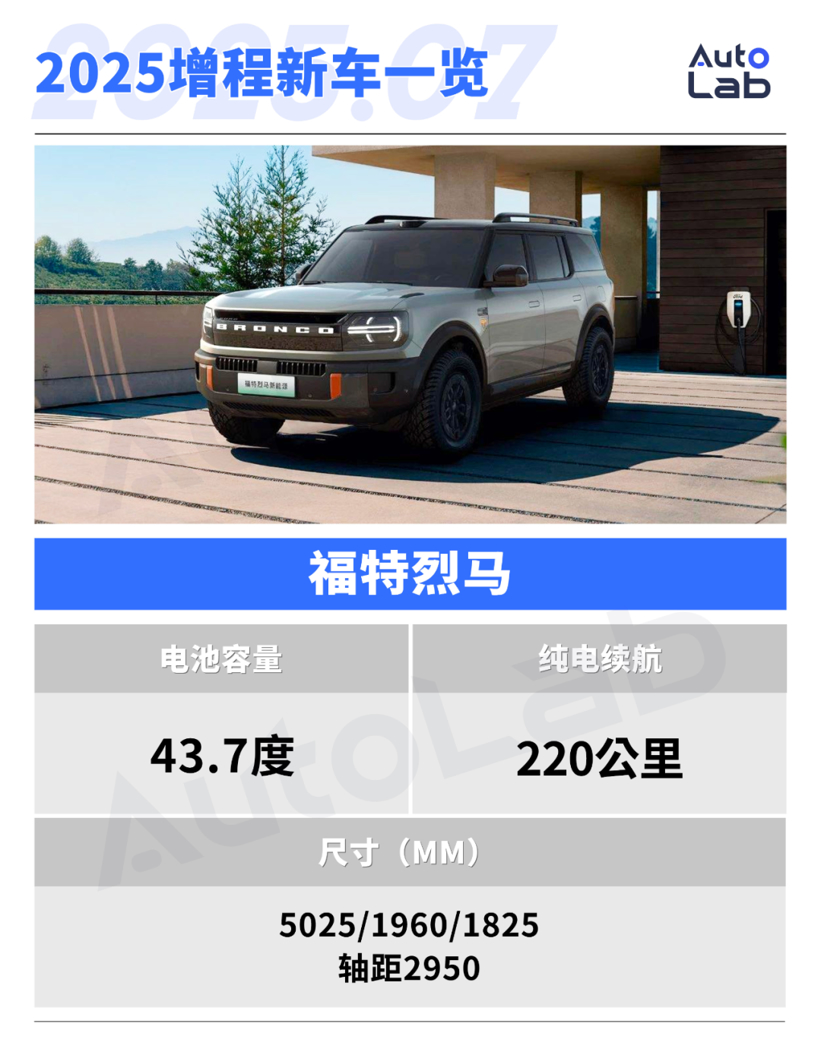
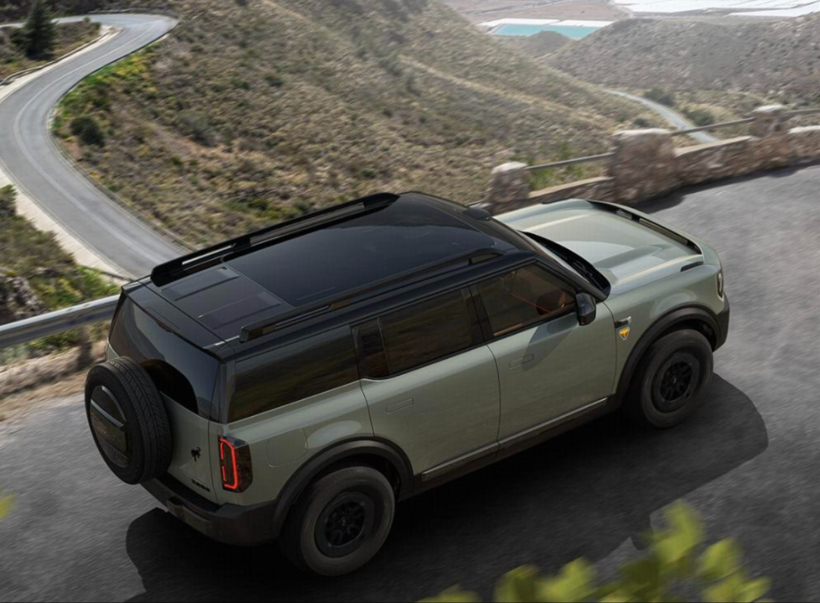

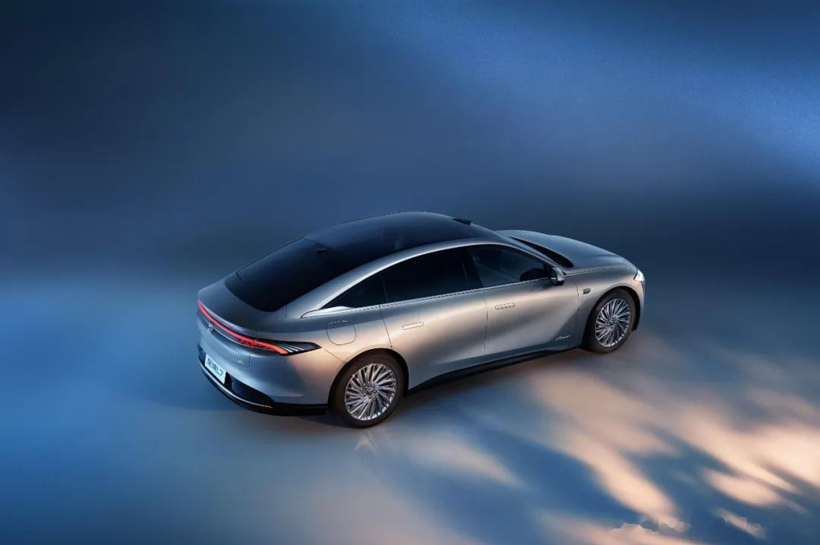

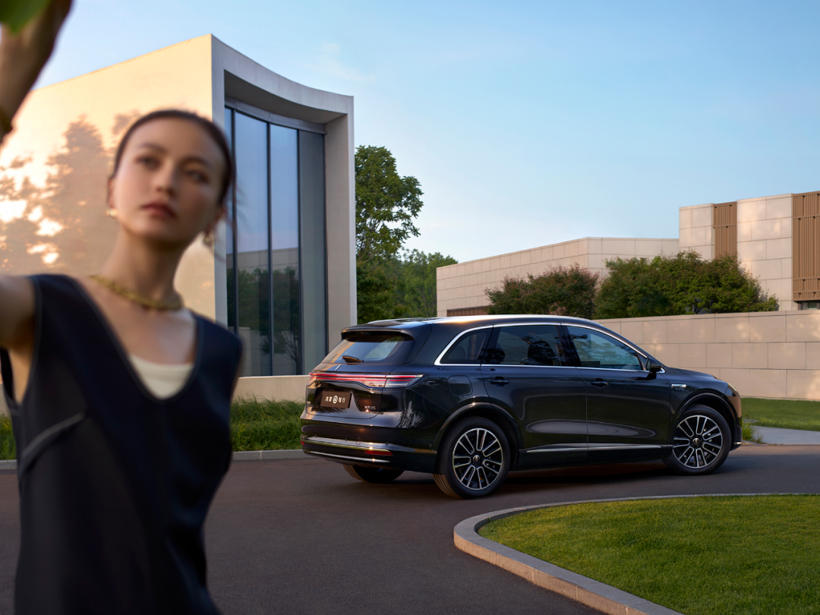


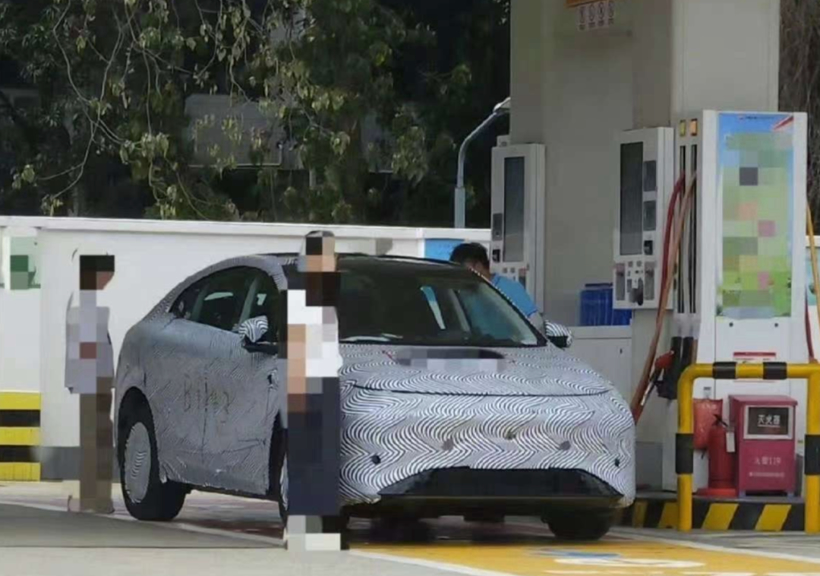
Share this post on: